Hey friends, how are you doing, I honestly feel like I'm losing the rhythm of posting on hive, but every chance I get I'm getting back to it.
It's been a long time since I've been in this community, and of course now that I can I'd like to show you some mushrooms that we saw in a little field practice at the university.
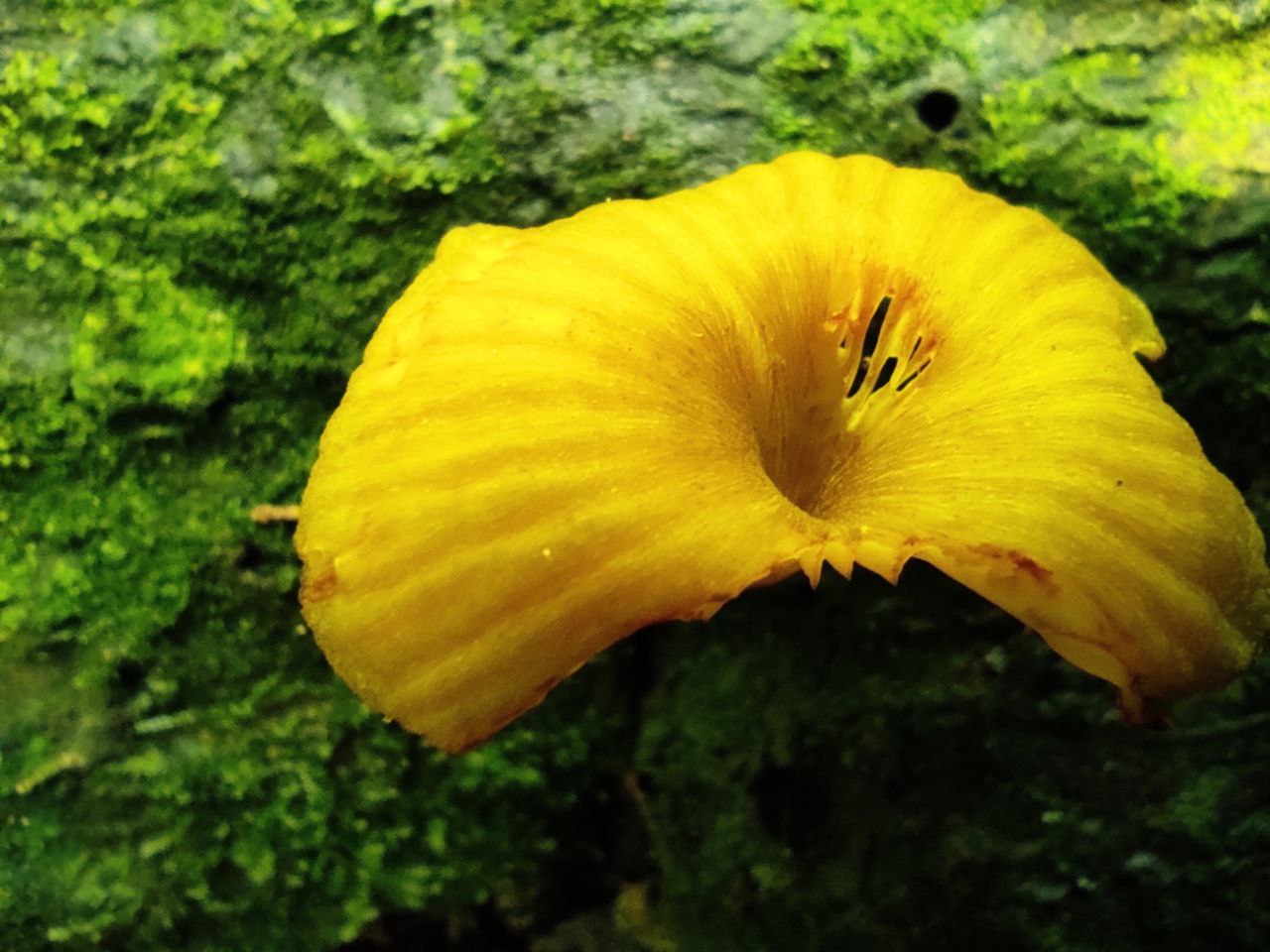
We went to the ecological reserve La Guaquira, a place that has served for the sampling of insects, ancestral fish and also families of the plant kingdom and the fungi kingdom (which by the way I am watching microbiology classes and do not know the enormous amount of information that exists on fungi).
Our sampling consisted of the strata of the riparian forests (those forests grow to a certain limit close to the river, in the lowest stratum we found fungi and herbs).
The first that we could observe was the large number of trees, both standing trees and fallen trees.
Although I was with my professors, they are specialists in plant taxonomy, but in this case they were able to denote that it belonged to the division of Basidiomycota, and that it was most likely Trametes versicolor, although they were not 100% sure because this species usually has very similar cacretics to other fungi.
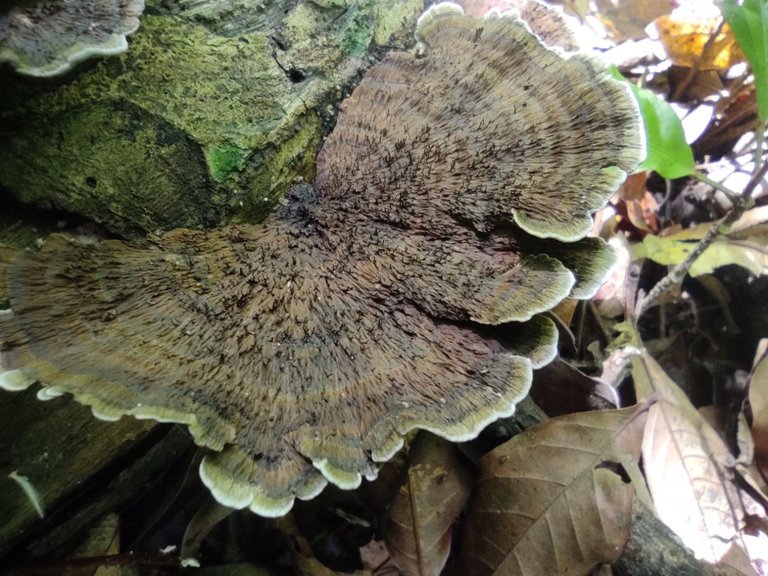
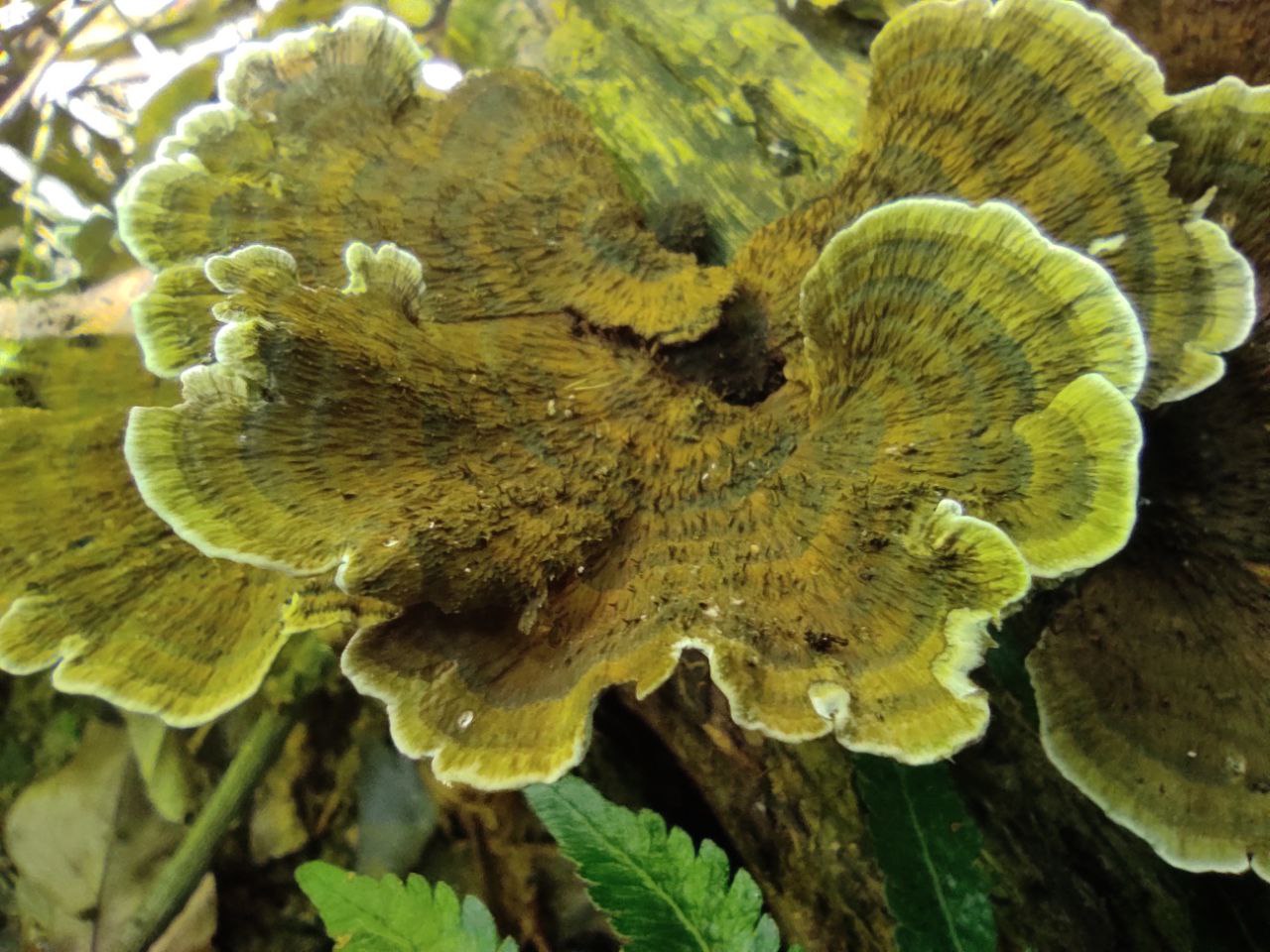

Here we find the common fungus called "white hat", it belongs to the same division Basidiomycota but to the order Agaricales, but it is very difficult to find its scientific name.
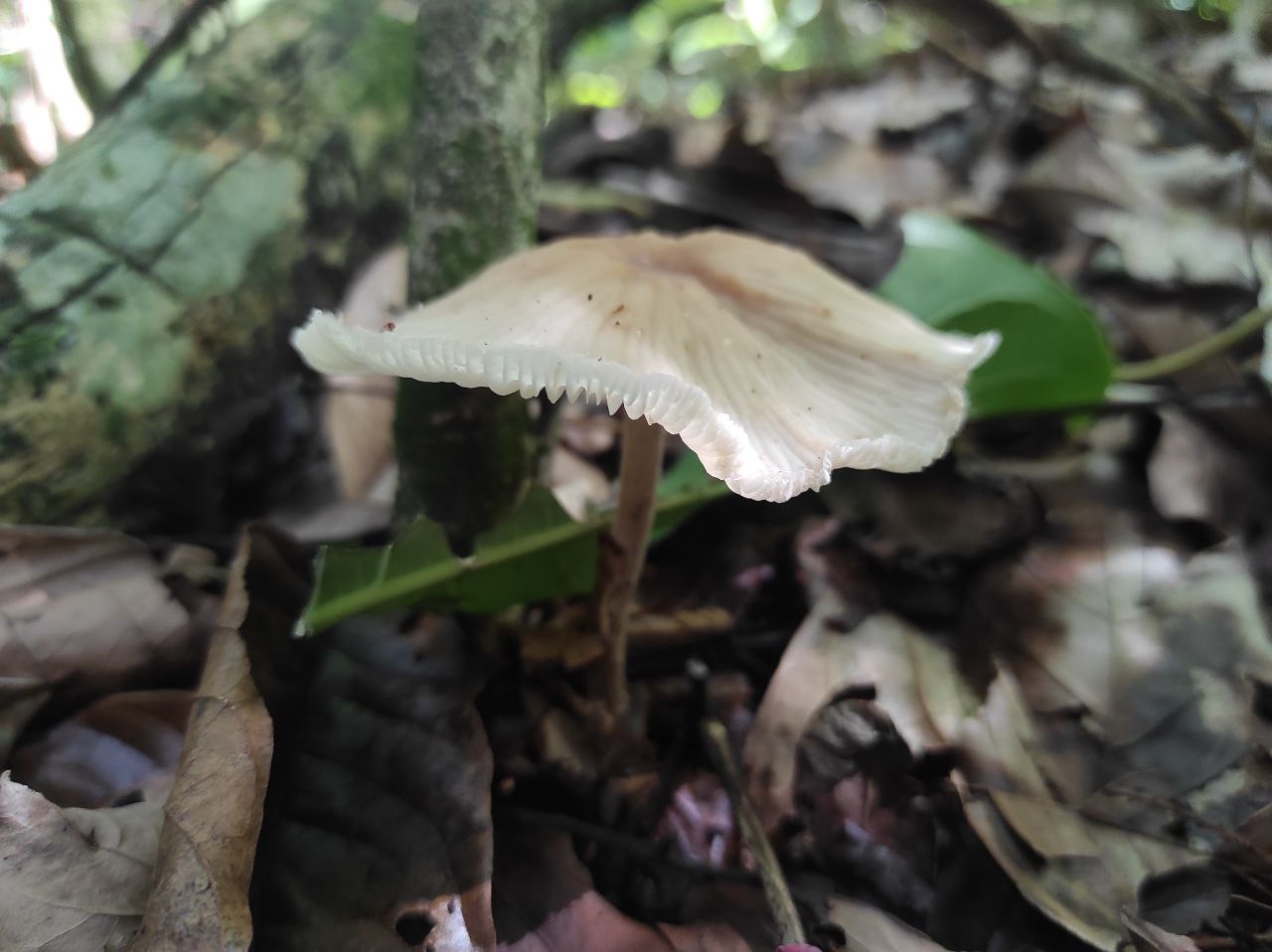
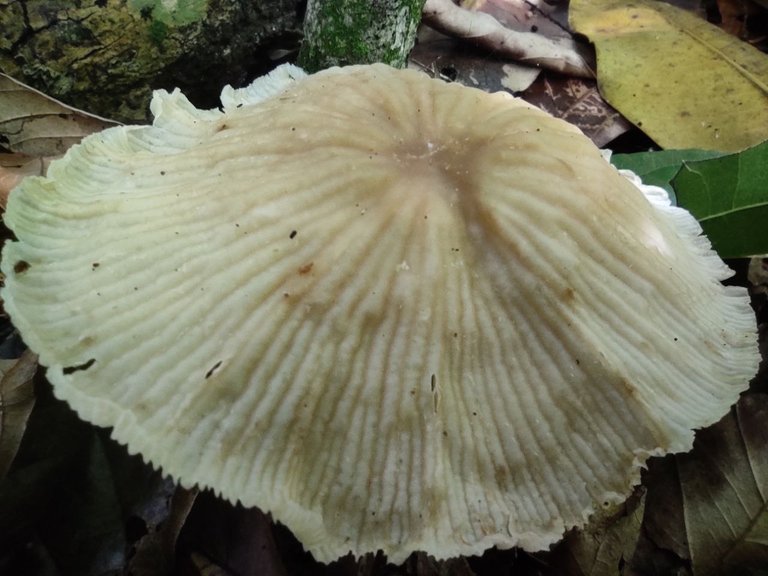
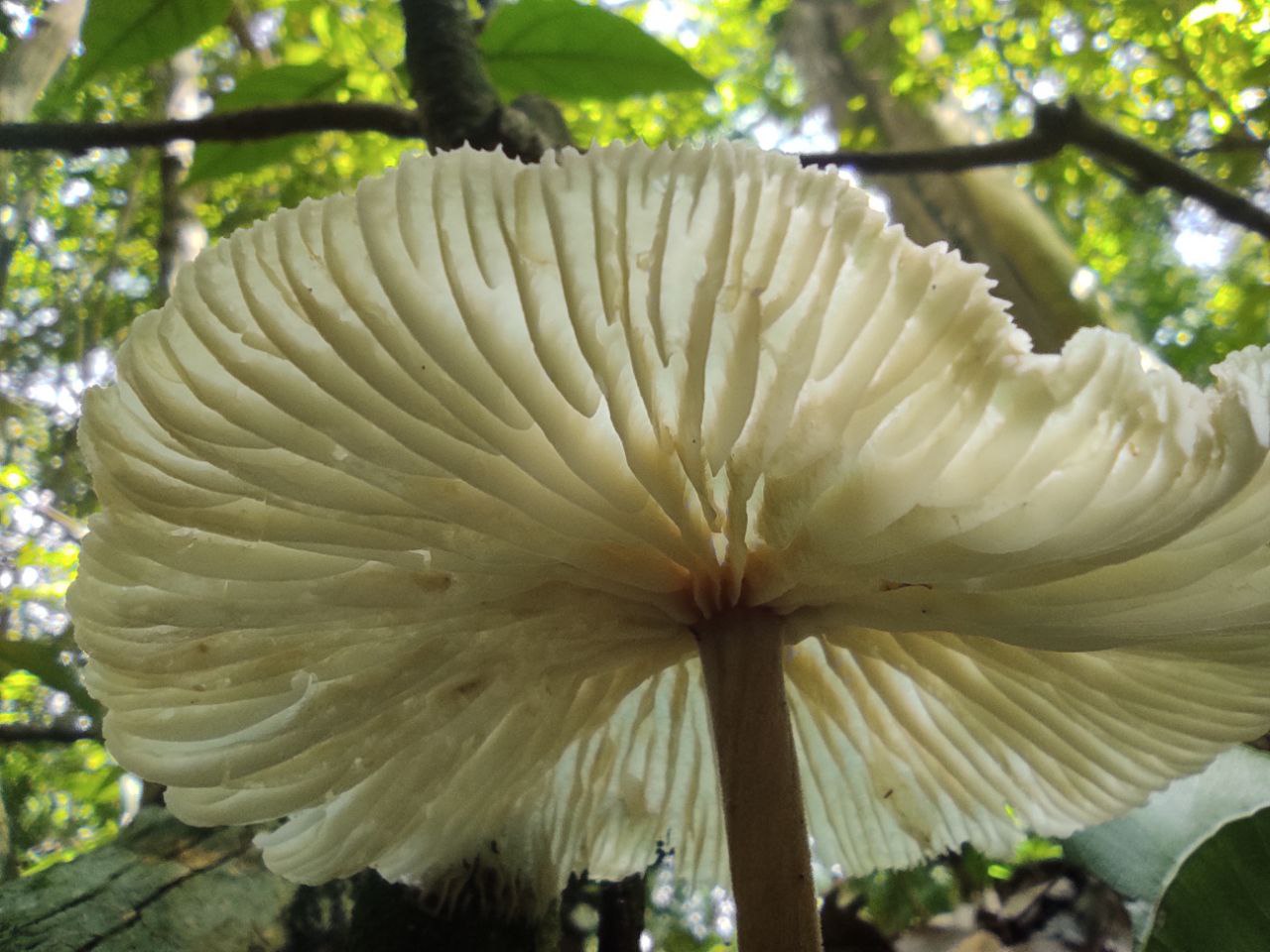
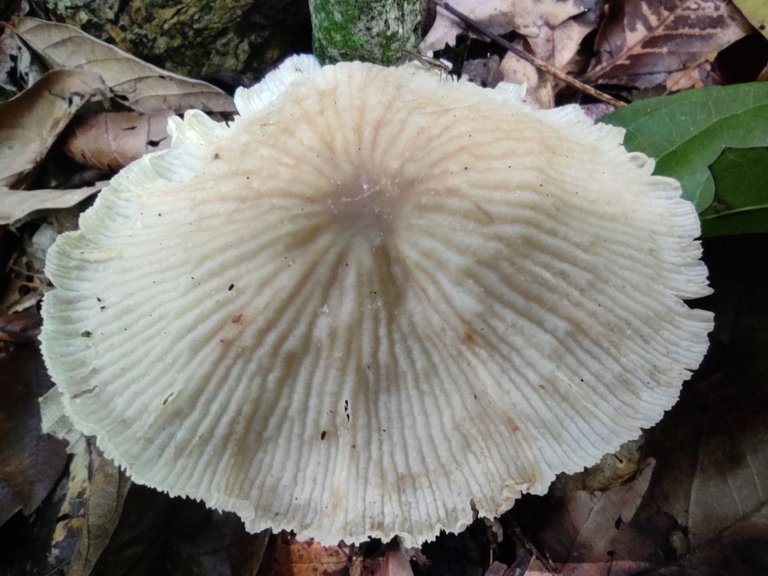
This is known as red ear, I understand that there is a very similar species that is endemic to my country. This specimen belongs to the Division Ascomycota, because it differs in some reproductive structures of the previous ones (I saw this in previous classes).
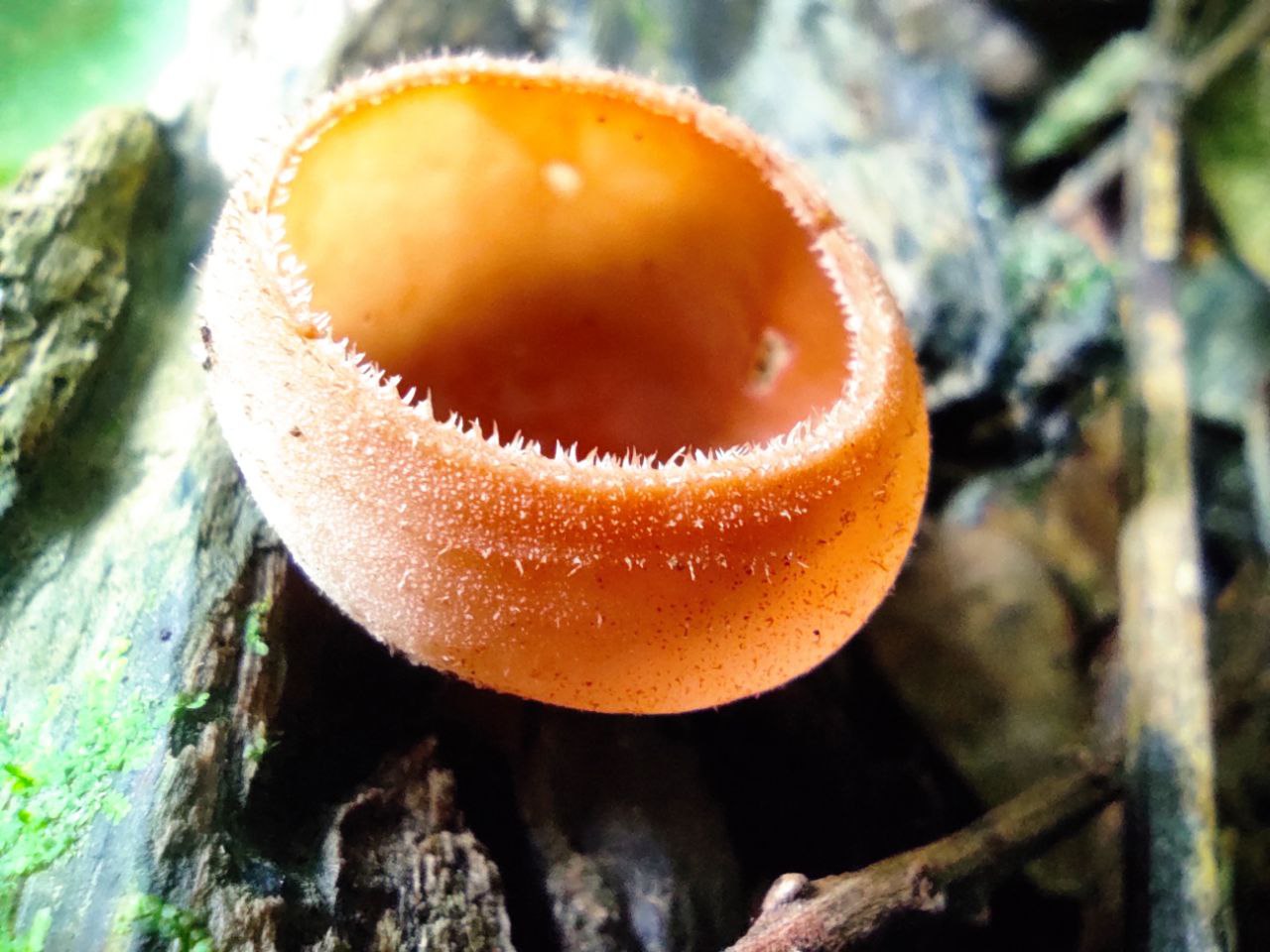
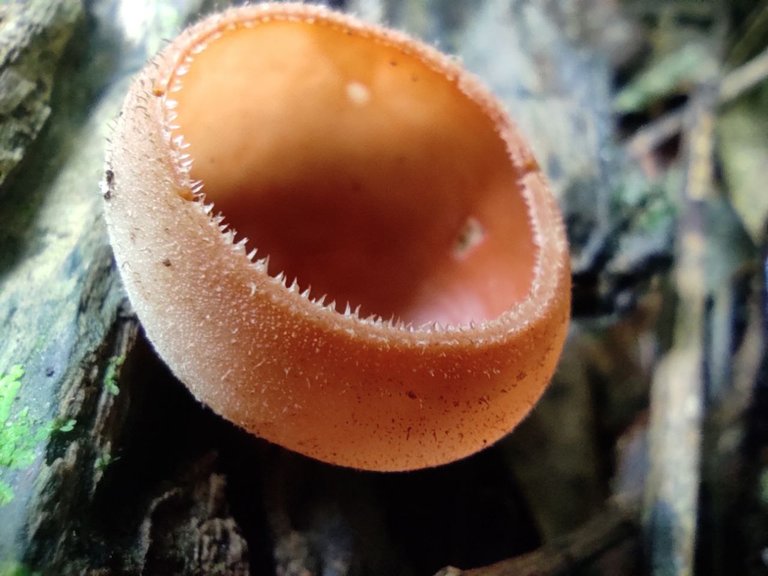
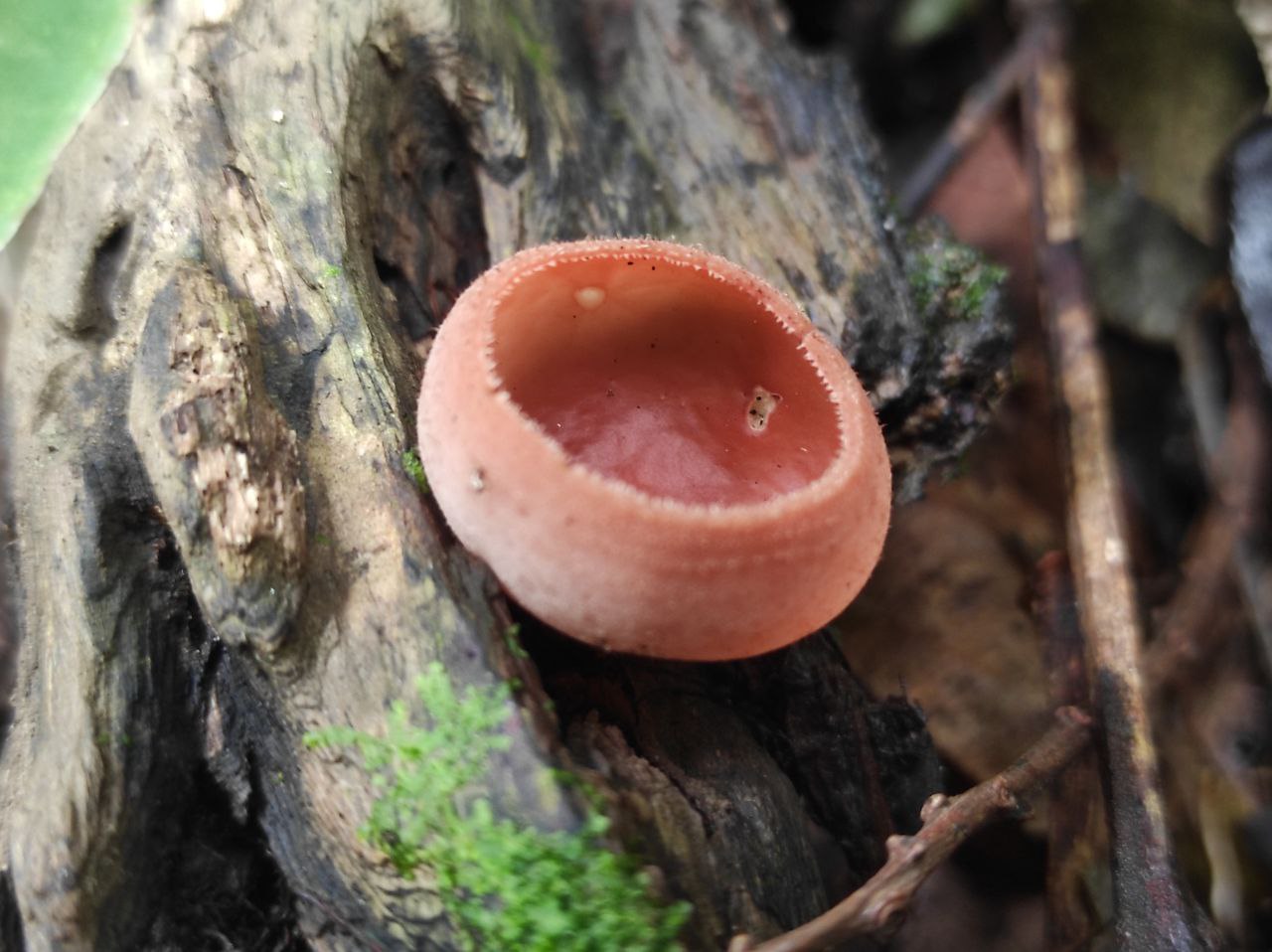
And last but not least, other specimens, whose influence was very little, and in an area of 1000m2, we only found a few of these fungi.
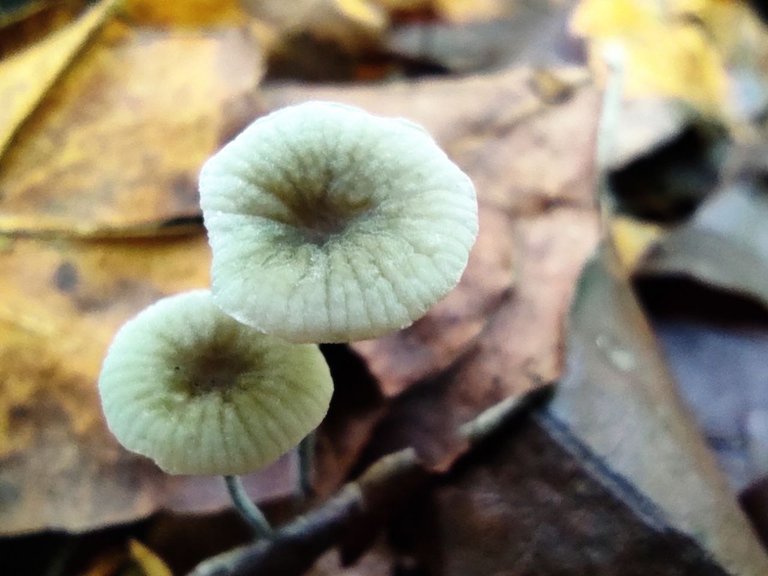
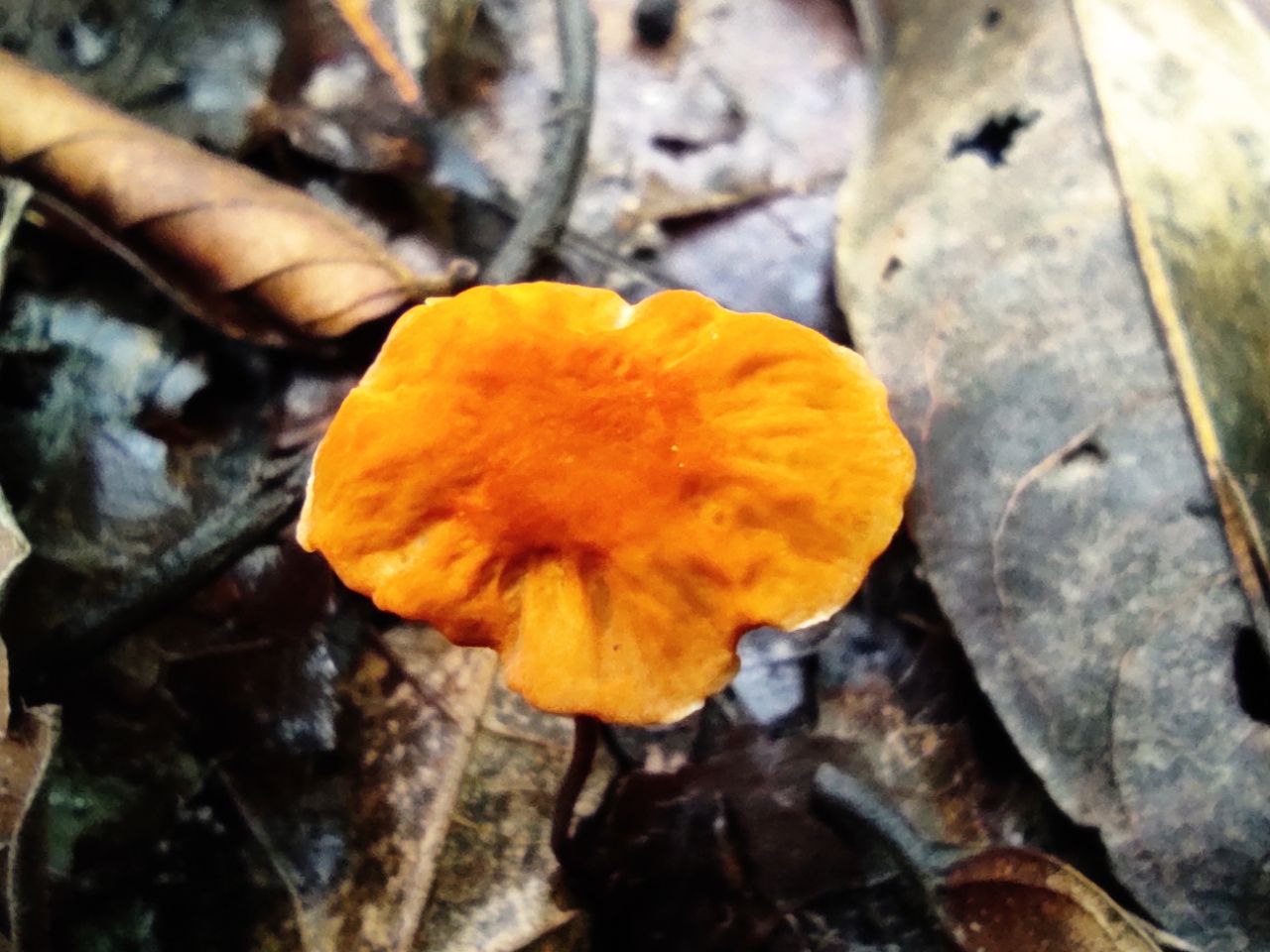
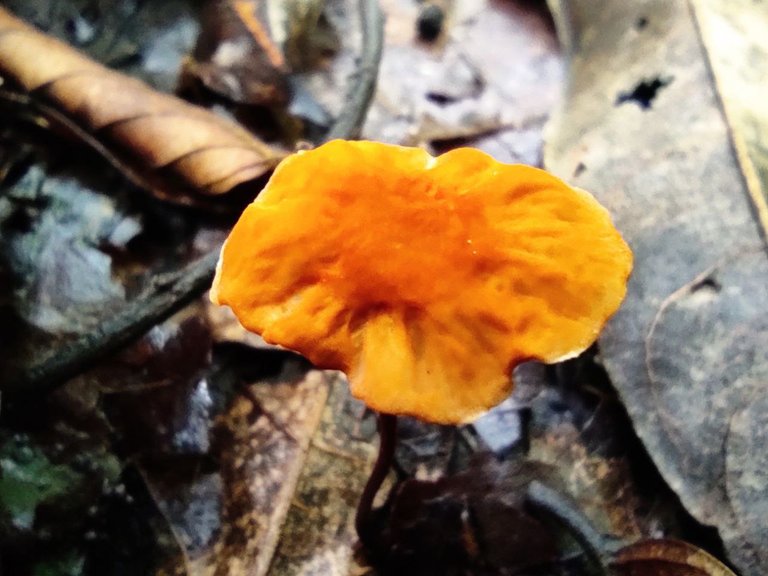

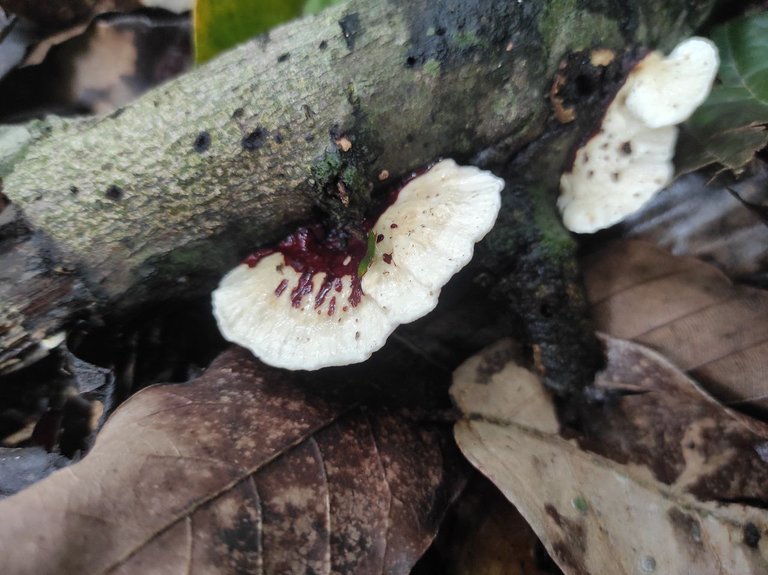
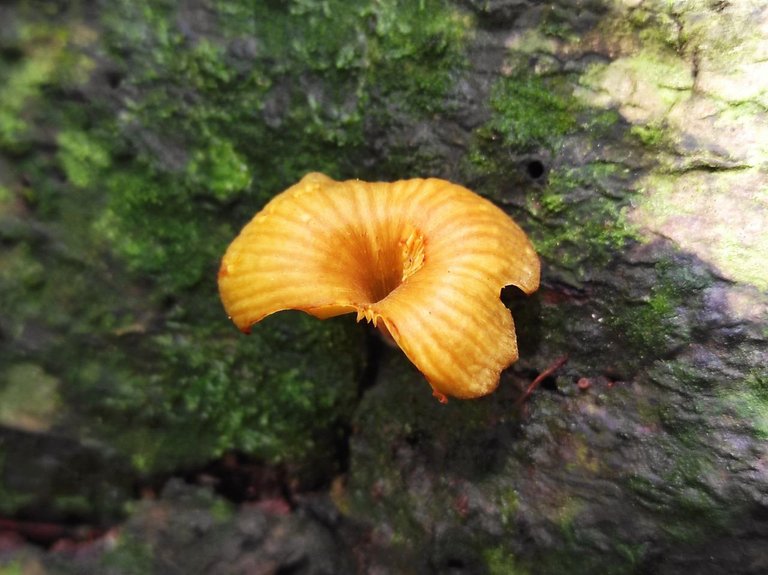
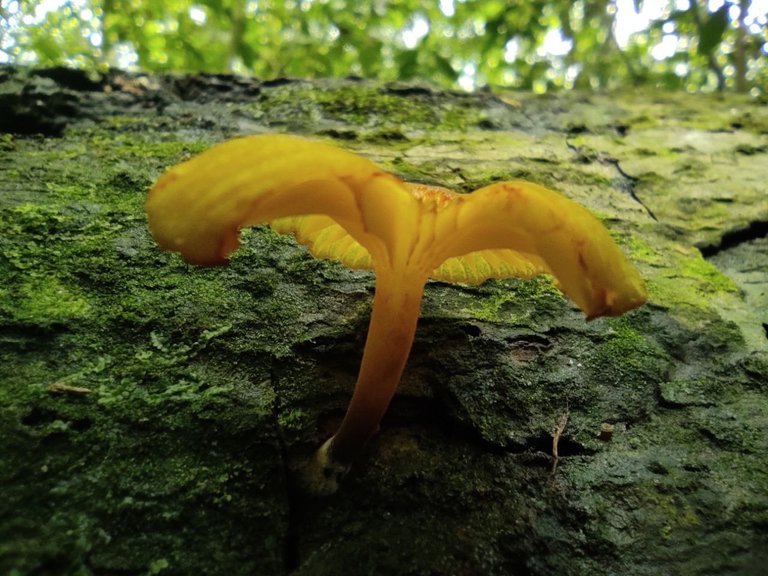
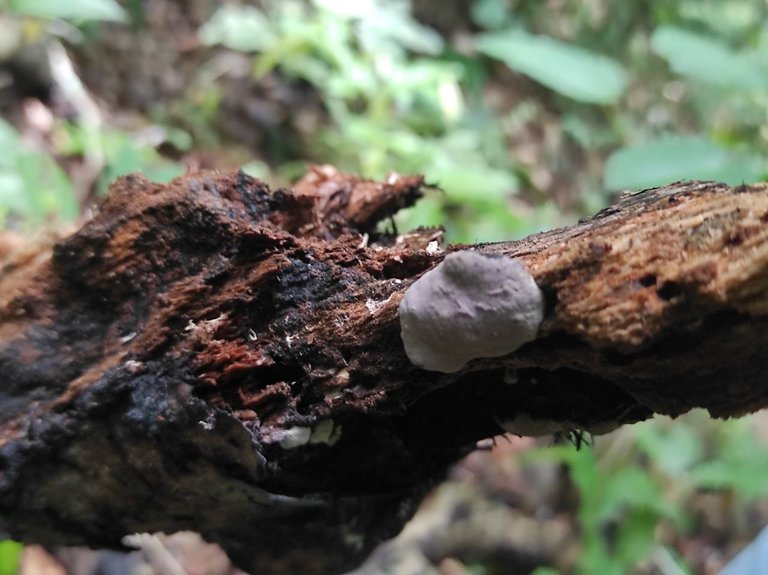
Photos taken with Remdi note 9 pro, decompressed for uploading to hive.
See you in the next time.
